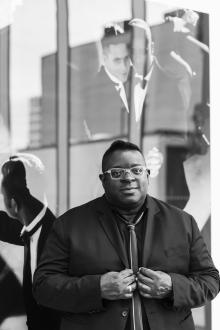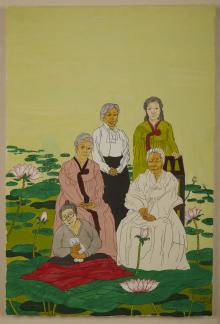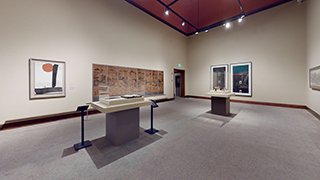Back
The Emperor’s New Robe: The Matrix of Ritual Space in Imperial Attire
The contemporary Chinese photographs in Framing the Revolution: Contemporary Chinese Photographs from the Jack and Susy Wadsworth Collection reference a tumultuous and complex series of earlier historical developments. China historian Ina Asim will provide 19th and 20th-century political context and discuss an unusual robe created for an official of a very short-lived imperial government. The presentation will provide the background for the political events that prompted the design of the robe and the symbolism of its decor.
“The Invention of China and the Way of Chinese Art"
Chinese art historian Mariachiara Gasparini will talk about modularity, collectivity and individuality, in Chinese Art, before, during, and After Mao, featured in the special exhibition Framing the Revolution: Contemporary Chinese Photographs from the Jack and Susy Wadsworth Collection.
Special Hours - Commencement 2023
Congratulations, Class of 2023! The JSMA welcomes you and your families with special open hours and free admission.
Moving Landscapes and their Entangled Ecologies
Landscapes move us, and we incessantly move them to satisfy our aims and imaginations. As soils, species, and structures are displaced and replaced, the transformation of landscape is marked by ecological rupture. This talk will trace naturalcultural entanglements that span bird migration, light pollution, invasive carp, smog-tolerant petunias, and tsunami architecture through the lens of aesthetics in its expanded sense. As earth is reconfigured, so too are human and more-than-human perceptions of the good, the bad, and the ugly.
MFA Exhibition 2023 Opening Reception
Join us for the opening reception of the University of Oregon MFA Art Exhibition 2023. This exhibition features Lily Wai Brennan, Mary Evans, Anastasiya Gutnik, David Peña, and William Zeng, a cohort of five artists whose various practices engage a broad range of inquiry. This year marks the 100th year of the University’s MFA degree, making it one of the oldest programs in the country.










